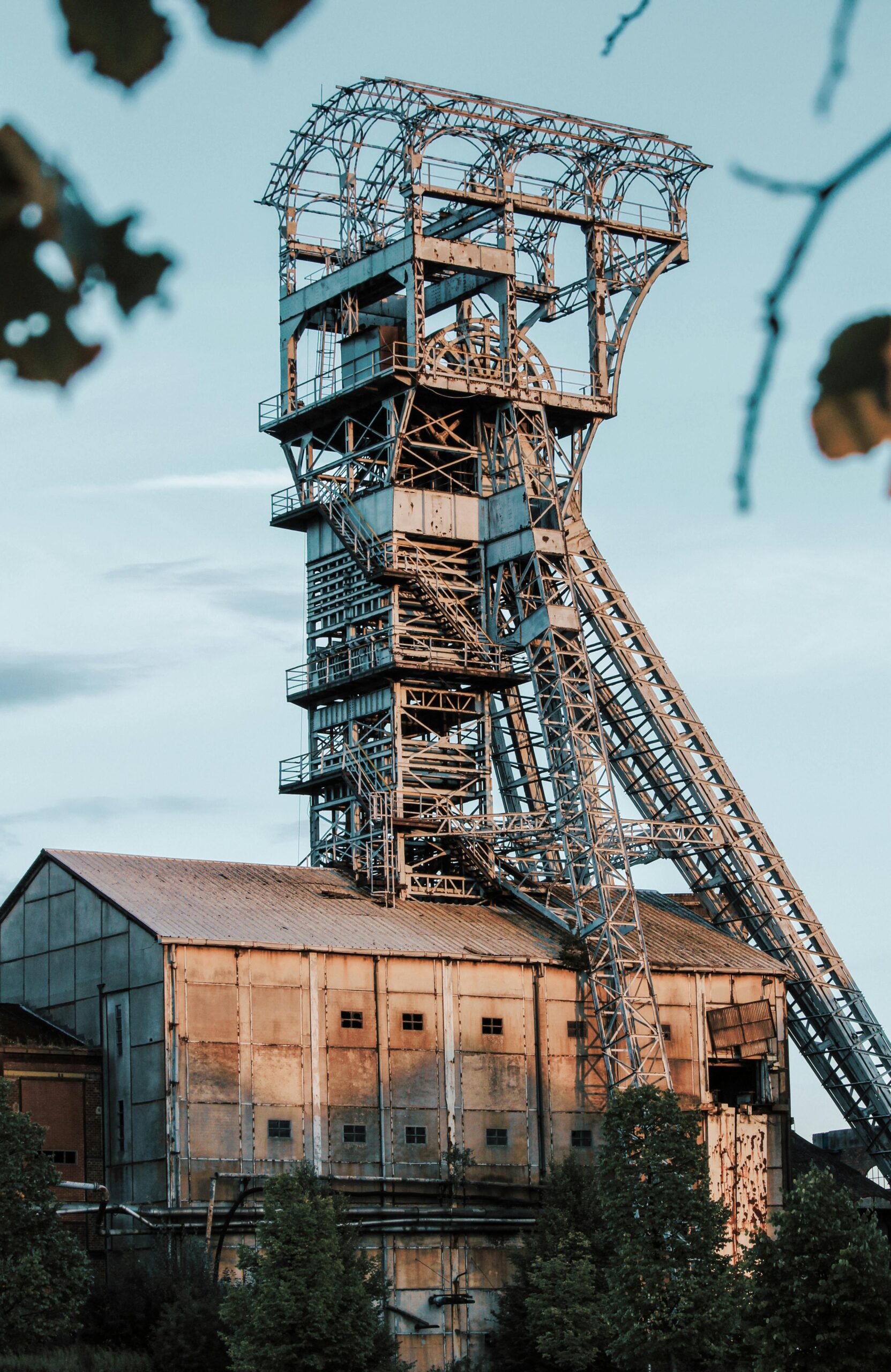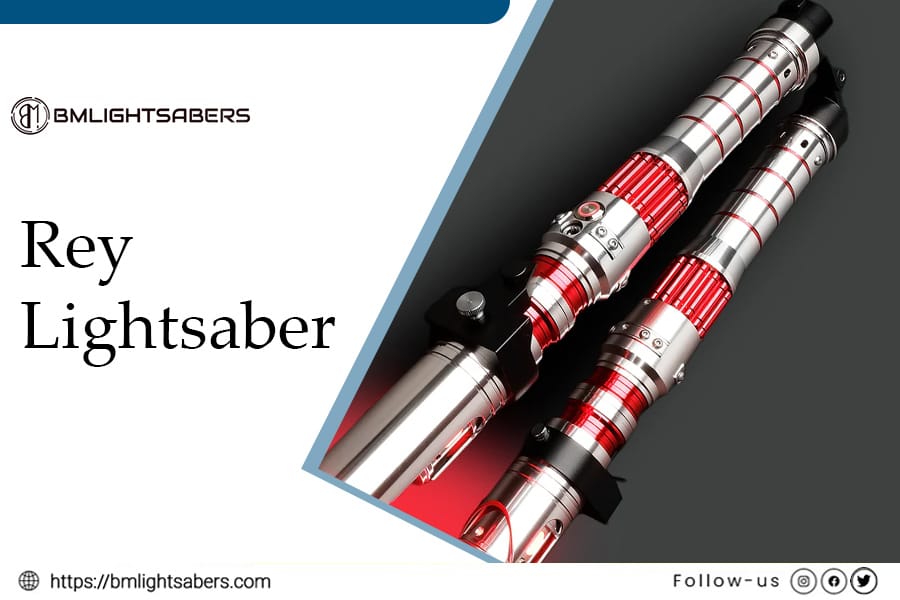It is almost impossible to imagine life without packaging. It has become an essential part of our consumer culture, preserving the products we love, ensuring they reach our homes unscathed and undamaged. However, the environmental consequences of such convenience are worth exploring. This post aims to examine the potential environmental detriment caused by the packaging industry.
The Environmental Burden
At the heart of the issue lies the astonishing volume of packaging waste generated annually. According to EPA estimates, packaging accounts for nearly one-third of all municipal solid waste produced in industrialized nations. Unfortunately, be it that aesthetically pleasing shoebox or the straightforward cardboard box from your favorite wholesale packaging supplier – these materials often end up in landfills or burnt in incineration plants, contributing significantly to air pollution and climate change.
Life Cycle Assessment
To truly grasp the environmental footprint of packaging, one must consider its entire life cycle – from raw material extraction to disposal. The initial stages are typically intensive in energy usage and greenhouse gas emissions due to mining and refining processes. Even recycling, while certainly better than discarding items into a landfill, requires energy and can generate harmful emissions as well.
Plastic Packaging Predicament
The downside of plastic packaging is its non-biodegradable nature which causes it to persist in landfills for hundreds of years. Moreover, plastics often end up in our oceans, wreaking havoc on marine life. In fact, around 700 species have been affected by ocean plastic according to a study published in ‘Marine Pollution Bulletin.’
Paper Packaging’s Dark Side
You may think switching from plastic to paper packaging would be more eco-friendly but the fact is that paper packaging has its own share of environmental woes. It requires more energy and water to produce than plastic, and contributes to deforestation due to extensive demand for pulpwood.
Aluminum and Glass: Mixed Bag
Aluminum and glass packaging rank high on the recyclability scale; however, their production process is highly energy-intensive. Moreover, the mining of raw materials for these materials can lead to habitat destruction and water pollution.
Breaking Down Biodegradable
Biodegradable packaging might seem like a silver bullet solution, but unfortunately, it has its pitfalls too. If not composted under the right conditions, they can release methane – a potent greenhouse gas – into the atmosphere.
The Carbon Footprint Factor
Packaging not only generates physical waste but also contributes significantly to carbon emissions along its life cycle. From burning fossil fuels in extraction and manufacturing processes to transporting goods across long distances – it all adds up.
Inefficient Practices and Overpackaging
Often, products are overpackaged with multiple layers more for aesthetic reasons than necessity. Inefficient packaging design not only wastes resources but also increases transportation costs due to excessive weight and volume
.
Effects on Wildlife
Packaging litter poses a significant threat to wildlife. Animals often become entangled in plastic waste or mistake smaller pieces for food, leading to internal obstructions or starvation due to a false sense of fullness.
A Trashy Water Tale
Improperly discarded packaging, especially plastics, often ends up in our oceans, creating massive garbage patches. These harm marine life and disrupt sensitive ecosystems while also making their way into our food chain through fish we consume.
Tossing Out Landfills
As packaging waste piles up in landfills, it begins to release potent greenhouse gasses like methane. Landfill waste also runs the risk of harmful leachate seeping into groundwater, jeopardizing the quality of our water sources.
The Hidden Socioeconomic Impact
Beyond the environmental harm, there’s also a socioeconomic aspect that often goes unnoticed. The cost of managing and cleaning up packaging waste is a significant burden on local governments and taxpayers, not to mention the impact on tourism in litter-strewn locales.
Conclusion: Toward Greener Packaging
The issue at hand is not just about reducing packaging or replacing one type with another. It entails rethinking our entire approach to packaging – from design and production to consumption and disposal. As consumers, you have an influential role in this narrative. By opting for minimal packaged goods, supporting brands that prioritize eco-friendly packaging, and recycling religiously, you can push for meaningful changes in this industry domain.

